Winter RV Living
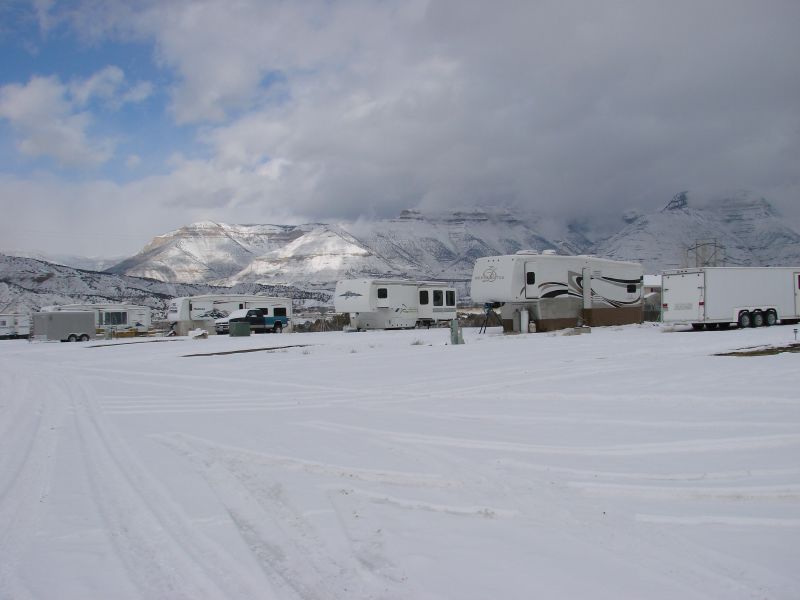
Winter RV living is a unique experience that guarantees adventure, tranquility, and an opporunity to connect with nature during its hush period. Full time RV Living can have you in your RV year round, and while a little more preparation is required during the colder months, the reward is often remarkable. The frost-topped landscapes bathed in the soft light can transform a familiar scene into something truly enchanting. Despite the cold, there’s a unique allure that comes with bracing the winter weather in the comfort of your home-on-wheels. It allows for an unparalleled level of freedom and independence, whilst presenting its own set of challenges and characteristics. In the following sections, we will be delving into the necessary preparations, key aspects of winterization, heat maintenance, and essential tips for an incredible winter RV living experience.
Preparing Your RV for Winter Living
Effective preparation is one of the most crucial steps for winter RV living. Creating a warm and secure environment that can counter the harsh weather conditions starts with a solid prep.
Insulation Considerations
Beginning with the insulation of your RV is indeed the ideal starting point when preparing for winter living. Essentially, insulation serves as the barrier that keeps the chilly winter air outside and preserves the warm cozy atmosphere inside. It’s your primary defense against cold intrusion, making it an aspect that requires your utmost attention.
Insulation in an RV works the same way as it does in a residential home, minimizing heat transfer. By keeping the interior warm, it reduces the need for excess heating, thereby enhancing energy efficiency and decreasing the overall cost of heating.
The different parts of an RV require varied types of insulation. It’s crucial to give attention to doors, windows, and the roof – these are the areas notorious for heat loss. Weatherstripping around doors can prevent drafts, while using caulk to seal any gaps in the window frames can be very effective.
For the windows specifically, investing in double-glazed panes can be a game-changer. These windows have two layers of glass with a space in between, acting as an added layer of insulation. If double-glazing is not a feasible option for you, applying insulating film or foam insulating boards on the windows can be a viable alternative.
The roof of your RV needs insulation just as much. Spray foam insulation is a great option for the roof and also for any hard-to-reach areas. It provides both insulation and an air barrier to seal walls, floors, and ceiling cavities against air movement. This includes spaces around electrical outlets and light fixtures, and where walls meet windows and doors.
But that’s not all. Remember to also examine and insulate the flooring, pipes, and any other openings such as vents and skylights. The flooring can be particularly exposed to cold temperatures being in close contact with the ground. Therefore, consider laying insulating materials under your carpets or floor mats.
Adequate insulation does not just contribute to a warm and cozy RV; it holds significant influence over energy consumption and heating costs in your mobile home during winter. An investment to insulate your RV will yield you long-term benefits in the form of comfort and efficiency throughout the cold season.
Affiliate Link – Small commission may be earned
Reflective Insulation Roll 3mm thick x 10ft roll
- Reflects 95% of radiant energy.
- Unaffected by humidity and moisture, can be used indoor/outdoor.
- High quality, easy to install, easy to cut and easy to clean.
- Strong but lightweight.
- Provides Sound Barrier.
- Non-toxic.
Adding thermal curtains is a fantastic method for enhancing your winter RV experience. Much more than simply enhancing privacy, thermal curtains serve a functional purpose in maintaining the internal temperature of your RV. These are no ordinary curtains, they are specially designed with insulating materials that effectively act as a barrier between the cold glass of your windows and the warm interior. They are designed to trap heat inside your RV and block drafts that inherently come with windows, even when they are closed. Available in a range of colors and designs, thermal curtains not only make your space cozy and comfortable but can also enhance the aesthetic appeal of your RV.
Skirting an RV is another excellent strategy to ensure warmth during the winter months. The process essentially involves attaching a barrier around the base of your RV, shielding it from the bitter cold winds. The benefits are twofold. First, skirting prevents chilly drafts from sweeping under the RV and creeping into your space. Second, it essentially creates a pocket of dead air space that insulates the underside of your RV. This trapped air acts as a buffer between the cold ground and the RV, holding warmth and preventing the cold from leaching into the floor of the vehicle.
Affiliate Link – Small commission may be earned
14′ Wide Underbelly/Belly Bottom Skirt Kit
- Constructed of Polyethylene Fabric
- For use under RVs to Protect the Underbelly from the Elements
- Vapor Barrier, Impervious To Water
- 14 ft Wide x 40 ft Long
- Includes 110 ft of 4″ Flex Mend Tape
RV skirting materials vary, from durable vinyl to rigid foam board. You can either purchase custom-made RV skirts or opt for a DIY approach using standard insulation material, like foam board or hay bales. Regardless of the material you choose, the skirting should be securely attached to prevent wind from getting underneath.
Notably, skirting not only helps maintain a comfortable indoor temperature but also plays a critical role in preventing the RV’s plumbing system from freezing, a common problem faced by many winter RV dwellers. Arranging for this setup ahead of time guarantees a greater level of comfort and convenience during the colder months, making it an integral part of preparing your RV for winter living.
Moisture Concerns
Next, plan for potential condensation problems. In any closed, heated space, condensation can create moisture problems. Additionally, certain types of heaters such as propane heaters can release large amounts of moisture due to the nature of the fuels. Moisture-absorbing materials can help. Products like DampRid are designed to help control condensation, reducing the risk of molds and mildews. Synthetic fabrics are also an excellent choice for bedding and upholstery as they resist mold and dry out quickly.
A quality dehumidifier can also be a very helpful tool for controlling moisture buildup, and because of the way they work to condense moisture from the air, they release heat and can functionally double as an energy efficient space heater.
Affiliate Link – Small commission may be earned
1,500 Sq. Ft Energy Star Dehumidifier
- Energy Star Dehumidifier
- Powerful Moisture Absorption
- Multiple Drainage Options
- Intelligent Control
Preventing Tank and Pipe Freezing
Water supply is absolutely crucial when it comes to winter RV living. The cold, frosty temperatures present several challenges to ensuring a proper water supply, particularly threatening the risk of freezing. While tank heaters can help, relying solely on them can be a precarious decision.
Water tanks in the RV are prone to freezing due to their location and, in most designs, lack of insulation. Tank heaters can provide some amount of warmth but often fall short due to the extreme cold, leading to freezing. There are not only tank heaters that can be connected to the existing propane supply, but also thermostatically-controlled electric heating pads that can be attached to the bottoms of the tanks. These can provide a more consistent supply of heat, preventing the tanks from dipping into freezing temperatures.
However, even with well-maintained tanks, your water supply can still be compromised if you don’t opt for a heated water hose. The water line that runs from your water source to the RV can easily freeze up, leading to blockages. A heated water hose circumvents this issue by using an integrated heating element within the hose to keep the temperature above freezing. While this might sound risky, modern heated hoses are very safe and cause no change in the taste or quality of the water. Furthermore, these heated hoses are often insulated to provide additional protection against freezing temperatures.
Affiliate Link – Small commission may be earned
Heated RV Water Hose 25ft Down to -40°F
- 3.0 Gallons Per Minute capacity flow, and 45 PSI pressure setting
- Self priming, smooth, silent operation and can run dry without damage
- Voltage: 12 VDC Dimensions: 7.84″ X 5.00″ X 4.62″ Amps: 3.0 (6.0 Max. Amps)
- 4-Year Warranty
Using a water filter is also another consideration. Freezing temperatures can damage your filtration system, so it’s a good idea to detach and store it indoors whenever temperatures dip too low.
Finally, consider carrying sufficient potable water for emergencies or situations where your main water supply might encounter issues. Storing a decent store of bottled water in the RV can act as useful backup, providing peace of mind on those chilly winter nights.
Maintaining an uninterrupted water supply in the winter months requires more than just a basic setup. A combination of tank heaters, heated water hoses, water filtration systems, and an emergency water supply can help ensure you’re never left high and dry during your winter RV living experience.
Thermal curtains can be a useful addition. Besides enhancing privacy, these curtains offer an extra layer of insulation. They’ll primarily keep the cold air out and the warm air in, making the space cozy and comfortable.
Consider skirting your RV. Skirting is attaching a barrier around the base of your RV to keep the cold draft out and the heat in. It’s an effective strategy to keep the underside of your RV warm, particularly important to prevent any plumbing lines from freezing.
Don’t forget about your tires. Depending on the region and conditions, you may require snow chains. Even if you’re not planning on much snowy travel, always keep a close eye on your tire pressure and their overall condition, especially before any long drives. In winter, when temperature fluctuations can consistently impact tire pressure, a reliable tire pressure monitoring system can be an essential tool to keep the tires at a safe pressure.
Efficient planning and preparation are the keys to creating a snug, secure winter home in your RV. By giving due importance to each of these aspects, you can ensure a comfortable and enjoyable winter RV living experience.
Winterizing Your RV
Winterizing your RV essentially involves adapting it to bear the harshness of the season. It’s a process that readies your RV to handle the rigors of freezing temperatures and icy conditions, ensuring uninterrupted enjoyment of your winter escapades.
One of the first and simplest steps in winterizing your RV is draining all water lines, including the fresh water tank, water heater, and both the black and gray waste tanks. Any residual water left over can freeze and cause significant damage in the form of ruptured lines and cracked tanks. After draining, consider adding RV-specific antifreeze to the system to further protect the lines from freezing.
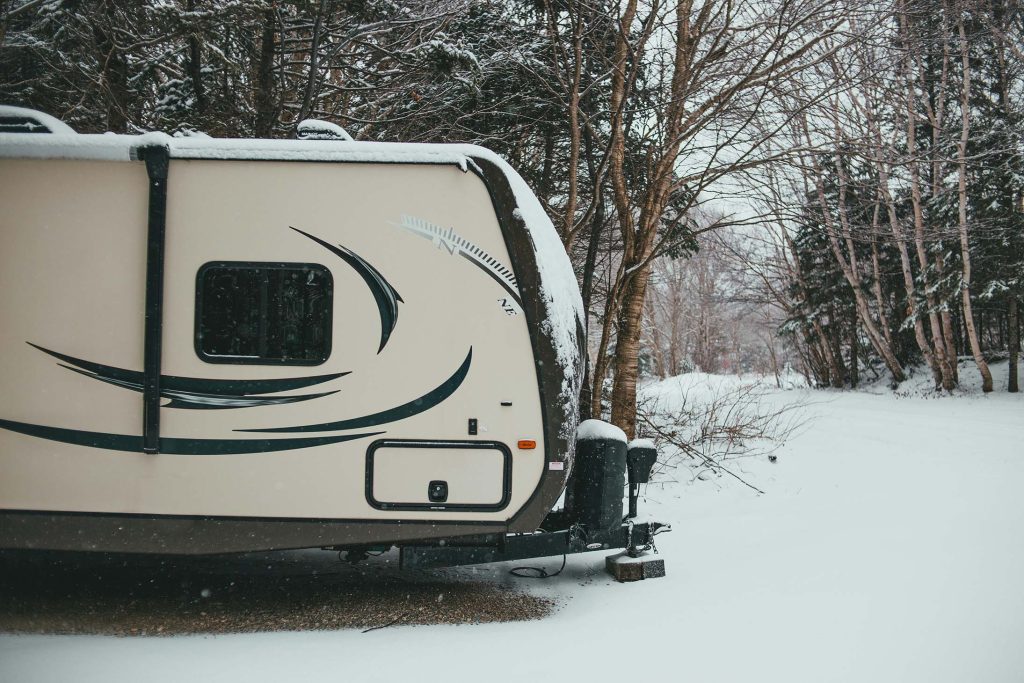
Inspect and seal any potential leaks on the RV exterior that could let cold air in. This includes recaulking around windows, doors, and seams, replacing worn-out seals, and adding insulation to patch potential leak areas in the roof or undercarriage.
One often overlooked aspect in winterizing an RV is the fridge and cupboards. Remove any perishables and defrost the fridge. Leaving the fridge doors open can prevent any unpleasant odor buildup. Cabinets can be packed with non-perishable food and warming throws.
Another equally important step is to protect the RV’s engine and fuel lines. Add a fuel stabilizer to the fuel tank and run the engine for a few minutes so it spreads through the system. The harsh winter cold can thicken your engine oil, making it less effective. Consider switching to winter-grade oil in order for your engine to run smoothly.
Lastly, the battery of your RV needs special attention. Cold weather significantly reduces the performance of batteries. Remove them, charge fully and store in a cool, dry place. If it is not feasible to remove the batteries, ensure they are fully charged and disconnect them to prevent discharge.
In essence, winterizing your RV entails a comprehensive assessment of all aspects of your RV to ensure it has the resilience to handle low temperatures, snow, and ice. It’s a small endeavor for safeguarding the integrity of your vehicle and the comfort of your winter life in your RV.
Maintaining Heat in Your RV Amidst the Cold
Maintaining a warm, cozy environment inside your RV during winter isn’t always easy. It requires a mix of strategy, resources, and gadgets that work together to retain heat efficiently.
The first line of defense against the cold is your RV’s heating system. Most RV’s come equipped with a furnace, but using it constantly can deplete your propane reserves quickly. In addition, running them non-stop can lead to drier interior air, which can cause discomfort.
To maintain a warm atmosphere and use energy efficiently, it’s a good idea to use electric space heaters. These heaters warm up enclosed areas quickly and maintain a constant temperature. Many come with automatic shut-off features and energy-saving modes, contributing to safety and efficiency.
Heat tape is another useful tool. It’s essentially an electrical wire that emits heat, intended to be wrapped around pipes that are at risk of freezing. The small amount of electricity it uses can prevent costly repairs down the road.
Remember to keep the floor of your RV warm as well, it is in direct contact with the cold ground. A good set of rugs or carpeting will not just make your RV feel homier but also provide a layer of insulation for your feet.
Windows constitute a critical element of RV heat management. Applying window insulating film can significantly reduce heat loss. Alternatively, foam insulating boards can be custom cut to fit each window. These methods trap air between the window and the material, acting as an insulator and reducing the draft.
Lastly, baking or cooking in your RV can also serve as an easy source of heat. However, remember to ventilate properly to avoid excessive humidity or condensation.
Maintaining heat in an RV during winter is about optimizing what you have and making smart choices that cumulatively contribute to improved insulation, reduced heat loss, and efficient heat sources. By blending these elements, you can create a warm, comfortable environment in your RV, no matter how grimy the weather outdoors.
Essential Tips and Tricks for Winter RV Living
Living comfortably in an RV during winter isn’t just about preparation and equipment. It’s also about familiarizing yourself with a few tips and tricks that can make daily life more manageable, efficient, and enjoyable.
First, always have a back-up plan for staying warm – whether it’s extra blankets, an additional heater, or a contingency plan for staying at a hotel if temperatures drop too low unexpectedly.
Next, make sure to check the weather forecast regularly and plan your activities accordingly. Knowing what to expect helps you to be prepared and proactive in dealing with different weather conditions.
Maximize sunlight during daytime. Position your RV to get as much sun as possible. The natural heat from the sun is a bonus in maintaining a warmer inside temperature, and it saves on your energy consumption too.
Use LED lights. LEDs not only use less energy but they also emit less heat than traditional bulbs, reducing chances of condensation.
Isolate sections of your RV. If some sections are not in use, close them off to save on heating. Heated square footage should be minimized to what is actually used.
Regularly check your propane levels. Propane will likely be your primary source of heat, so it’s crucial to monitor its levels and have it refilled before it runs out.
Carry sufficient winter clothing. Layering your clothing can help you stay warm without relying too heavily on artificial heating. Don’t forget about gloves, scarves, and warm footwear.
An emergency kit is vital. It should include items like a snow shovel, ice scraper, torch, extra blankets, bottled water, and non-perishable food items.
The winter season also brings some beautiful landscapes. Take the time to enjoy the snow. Go skiing, build a snowman or simply enjoy a warm mug of cocoa gazing upon the winter wonderland outside.
Winter RV living indeed requires a certain degree of grit, resourcefulness, and most importantly, an open mind ready to embrace the unique and serene beauty winter brings to your camping experience. If done right, it can turn into an unforgettable deal of joy, peace, and adventure.
Challenges of Living in an RV During Winter
Living in an RV during winter is an adventure filled with unique charms and experiences, but it’s not without its challenges. Understanding these challenges can help you prepare better and enjoy your winter journey without unnecessary hitches.
Condensation is one of the primary issues faced by RV owners during winter. When warm air from heating appliances or cooking comes into contact with cold surfaces like windows or walls, it condenses, leading to dampness. This can result in fungal growth and a musty odor. Using moisture absorbers and ensuring good ventilation can mitigate this problem.
Reduced daylight is another challenge you’ll encounter. Shorter days and longer nights mean fewer hours of natural light, leading to increased use of artificial light sources and subsequently higher energy consumption. Adequate planning to utilize natural light during the day and energy-efficient lighting options can be beneficial here.
Freezing pipes are a constant concern in winter RV living. Any residual water can freeze and cause significant damage. Regularly draining the water system and adequately insulating the pipes can prevent this problem.
Staying cooped up inside the RV due to severe weather conditions can lead to cabin fever. Engaging in indoor games, reading, listening to music, or planning outdoor activities for fair-weather days can keep spirits high.
Lastly, driving in winter requires great caution. Slippery, icy roads can pose risks. Ensuring that your RV and particularly its tires are winter-ready, driving slowly, and not venturing out in harsh weather are critical precautions to take.
Despite these challenges, winter RV living can offer a unique experience that’s both rewarding and enjoyable. The key lies in adequate preparation, proper equipment, and a positive mind-set ready to make the most of the winter aura enveloping the countryside.
Conclusion
Winter RV living is an experience like no other. It challenges convention while offering an unmatched sense of tranquility and a unique way to marvel at the frosty wonders of nature. With appropriate preparation, the right tools, and an adventurous spirit, you can transform the challenges of winter into rewarding experiences. Be it the shimmering icicles hanging from your RV roof or the warm, cozy interiors bracing the harsh cold outside, winter RV living brings with it scenes of remarkable beauty and memories to cherish. And with the insights shared in this guide, we hope you are all set to enjoy your winter RV living experience to the fullest.


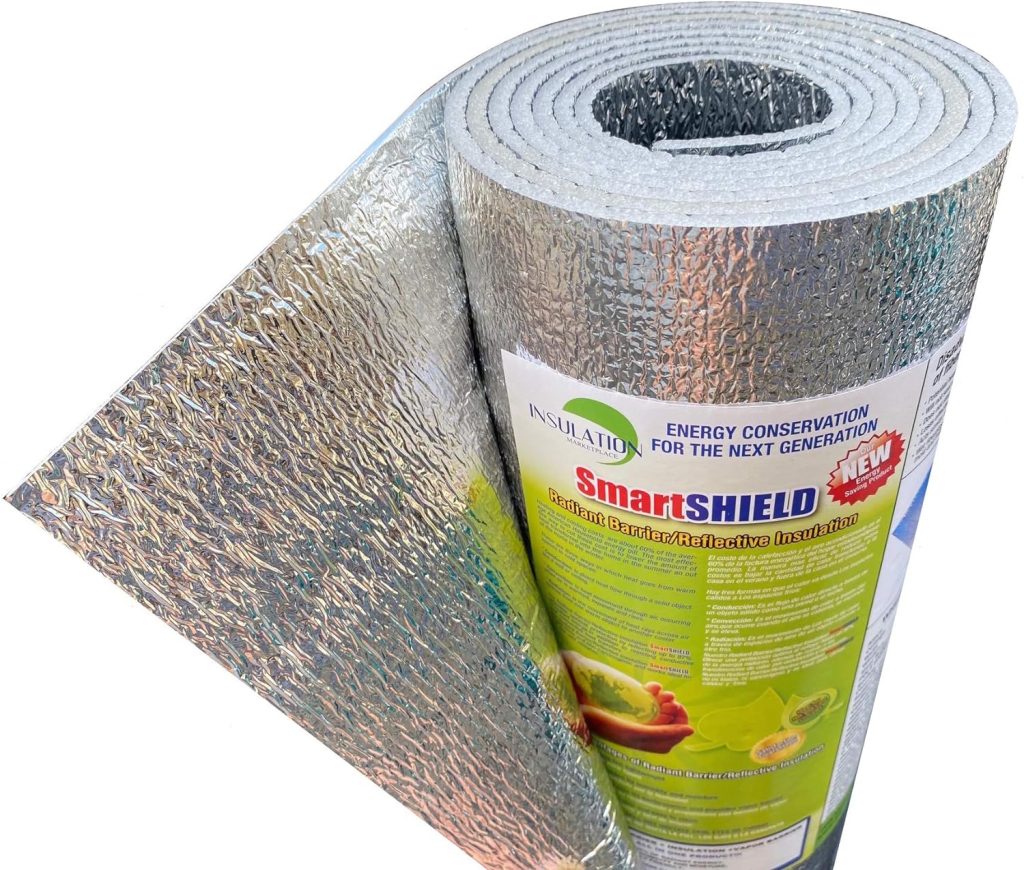
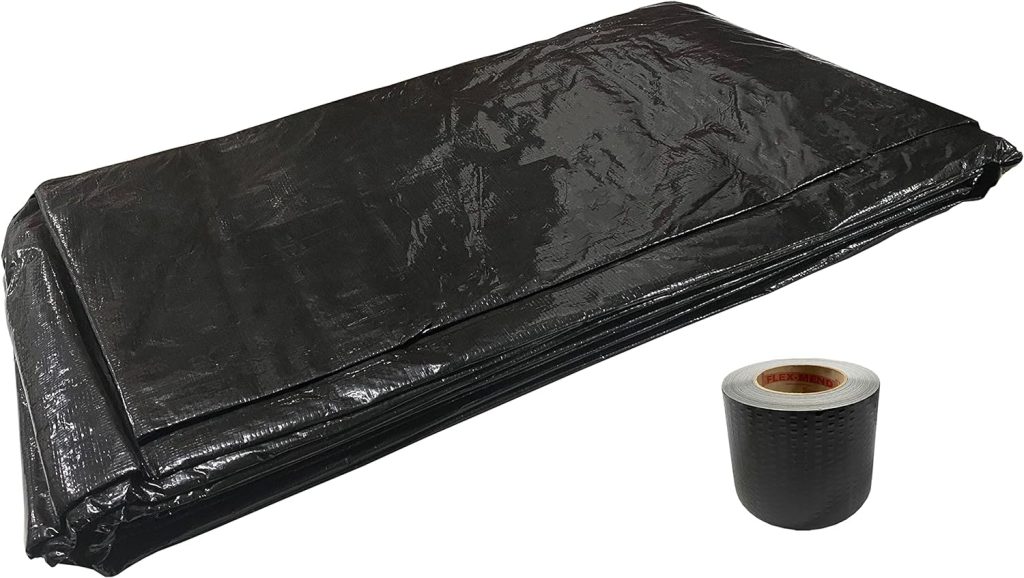
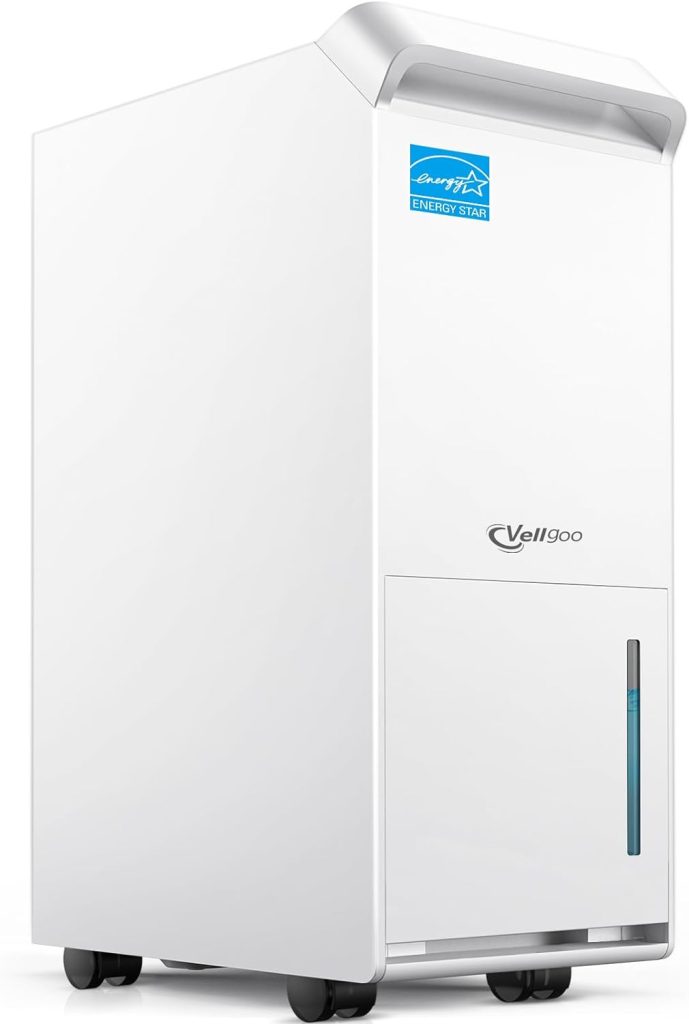

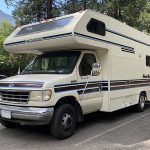

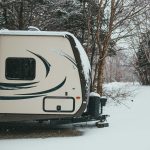

Leave a Reply